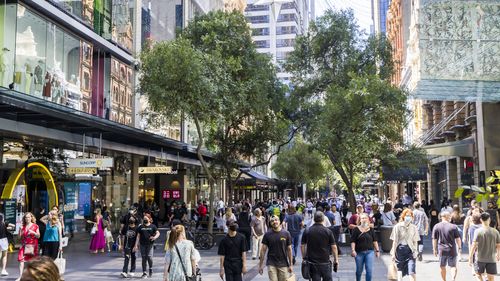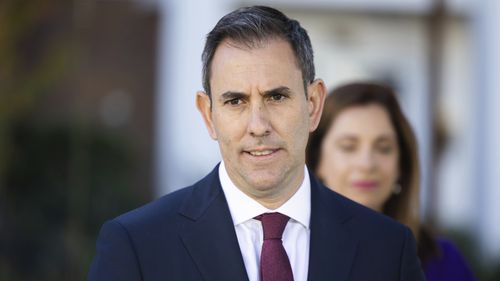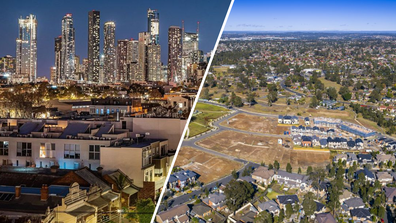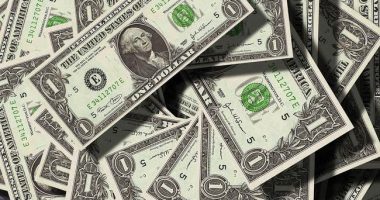
“This is the sixth straight rise in quarterly GDP but the slowest growth since the COVID-19 Delta lockdowns in September quarter 2021,” ABS head of national accounts Katherine Keenan said.
The figures put GDP up 2.3 per cent compared to the March 2022 quarter.
The data paints a bleak picture of household finances, with rising interest rates pushing the saving-to-income ratio to 3.7 per cent – its lowest level since the June 2008 quarter.
“The household saving ratio fell to its lowest level in nearly 15 years,” Keenan said.
“This was driven by higher income tax payable and interest payable on dwellings, and increased spending due to the rising cost of living pressures.”
Household spending also slowed to a rise of 0.2 per cent on the back of a fall in discretionary spending.

While labelling the data unsurprising, Treasurer Jim Chalmers said it was clear Australians are feeling the pinch of rising interest rates.
“Higher interest rates and cost-of-living pressures are squeezing household budgets and slowing our economy,” he said.
Read Related Also: A Look At Tina Turner And Cher's Decades-Long Friendship
“These numbers today are unsurprising and consistent with our expectation for a moderation in growth in our economy…
“The rising interest rates is clearly biting. We see that in numbers because households are pulling back on spending, they are saving less and paying more in interest.”

In a sliver of good news, the ABS revealed wages are on the rise, with compensation of employees up 2.4 per cent.
The GDP figures come on the back of yesterday’s interest rates rise – the 12th time the Reserve Bank of Australia (RBA) has hiked the cash rate since May last year.
Speaking last night, RBA governor Philip Lowe said the bank expects poor economic growth for a number of years as it seeks to combat inflation.
“The path back to two to three per cent inflation is likely to involve a couple of years of relatively slow growth in the economy,” he said.
“Even so, as the board navigates that path, it is seeking to preserve as many of the gains in the labour market as is possible.”

Revealed: Worst 10 suburbs for mortgage arrears across Australia






